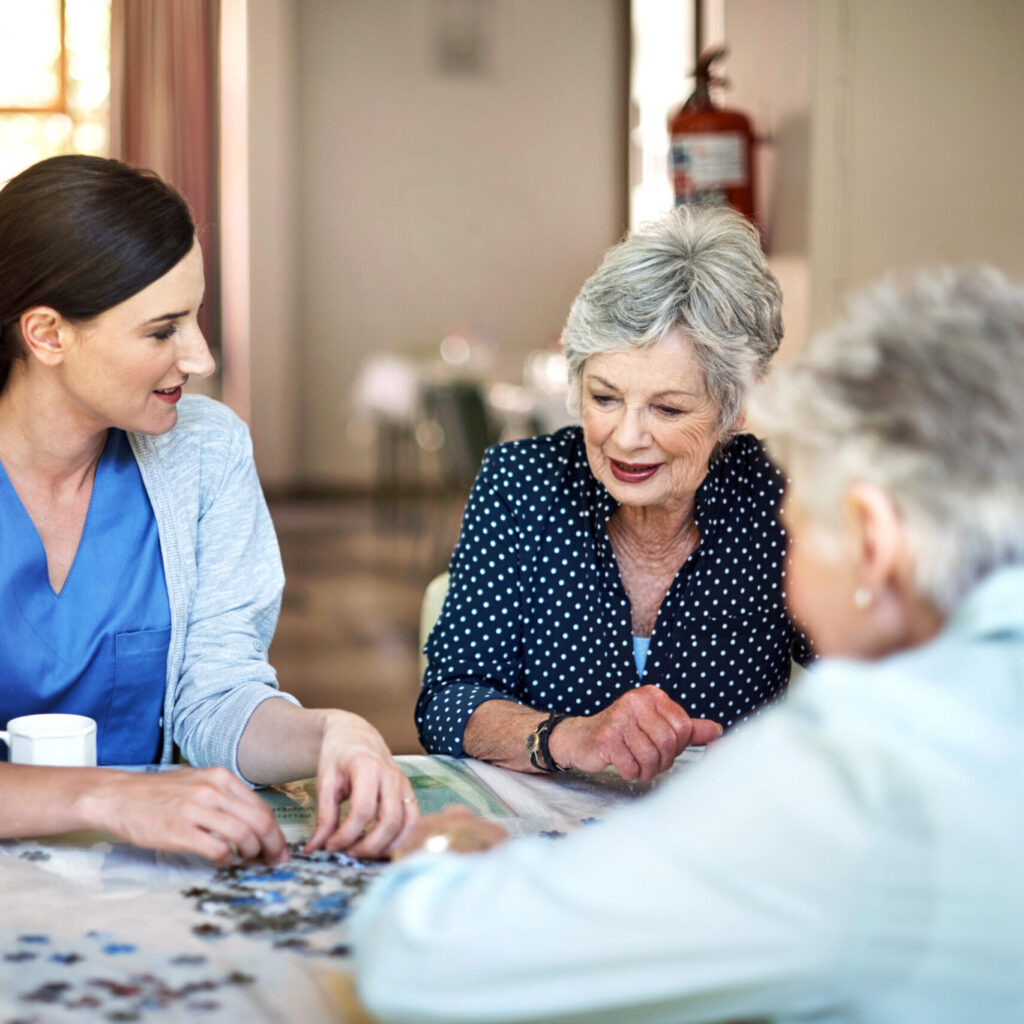National Preparedness Month, observed every September, serves as a crucial reminder of the importance of being ready for emergencies. For caregivers, this period is an essential time to reflect on the unique challenges they face and to develop comprehensive plans to ensure the safety and well-being of those in their care. Whether you are caring for an elderly parent, a child with special needs, or someone with a chronic illness, preparedness is key. Here are some strategies and tips to help caregivers plan ahead effectively.
Assessing Individual Needs
The first step in preparedness is understanding the specific needs of the person you are caring for. This involves a thorough assessment of their medical, physical, and emotional requirements. Create a list of essential medications, medical supplies, and equipment that would be necessary during an emergency. Ensure that you have an adequate supply of these items and that they are easily accessible.
For those with mobility issues, consider how you would evacuate them in case of an emergency. If your loved one relies on electrical medical devices, have a backup power source available. Additionally, think about dietary restrictions and stock up on appropriate non-perishable foods.
Developing a Communication Plan
Communication is vital during emergencies. Develop a comprehensive communication plan that includes multiple ways to stay in touch with family members, healthcare providers, and emergency services. Ensure that you have up-to-date contact information for everyone involved in the care of your loved one.
Consider investing in a medical alert system or an emergency response device for the person you are caring for. These devices can provide peace of mind and immediate assistance in case of an emergency. Make sure everyone in your household knows how to use these devices and understands the emergency plan.
Creating an Emergency Kit
An emergency kit is an essential component of preparedness. Tailor your kit to meet the specific needs of the person you are caring for. In addition to basic supplies like water, non-perishable food, flashlights, batteries, and a first aid kit, include items such as:
– A two-week supply of medications
– Medical records and care plans
– Assistive devices (e.g., hearing aids, glasses, mobility aids)
– Comfort items (e.g., blankets, pillows, favorite toys)
– Copies of important documents (e.g., identification, insurance papers)
– A list of allergies and dietary restrictions
Store your emergency kit in an easily accessible location and ensure that all household members know where it is. Regularly check and update the kit to ensure all items are in good condition and not expired.
Planning for Evacuation
In some emergencies, evacuation may be necessary. Familiarize yourself with local evacuation routes and identify accessible shelters. Some shelters may have special accommodations for people with disabilities or medical conditions; contact local authorities to find out which shelters are best suited for your needs.
If you have a pet, ensure that your evacuation plan includes provisions for their care as well. Keep a pet emergency kit with food, water, and any necessary medications. Make sure your pet has proper identification and that you know of pet-friendly shelters or hotels.
Training and Practice
Having a plan is important, but knowing how to execute it is equally crucial. Conduct regular drills with your household to practice your emergency procedures. This will help identify any weaknesses in your plan and ensure that everyone knows their role.
First aid and CPR training are valuable skills for caregivers. Many organizations offer free or low-cost training courses. Being trained in these skills can make a significant difference in an emergency situation.
Building a Support Network
No caregiver should face emergencies alone. Build a support network of family, friends, neighbors, and community resources. Share your emergency plan with them and discuss how they can assist in case of an emergency. This network can provide emotional support, physical assistance, and valuable resources during a crisis.
Join local support groups or online communities for caregivers. These groups can offer practical advice, share experiences, and provide a sense of camaraderie. They can also be a valuable source of information about local resources and services.
Staying Informed
Stay informed about potential emergencies and local hazards. Sign up for emergency alerts and notifications from local authorities. Keep a battery-powered or hand-crank radio to receive updates during power outages. Understanding the risks in your area will help you prepare more effectively.
Conclusion:
National Preparedness Month is a vital reminder for caregivers to plan ahead for emergencies. By assessing individual needs, developing a communication plan, creating an emergency kit, planning for evacuation, training, building a support network, and staying informed, caregivers can ensure the safety and well-being of those in their care. Preparedness is not just about having a plan; it’s about being ready to execute it when it matters most. Taking the time to prepare now can make all the difference in the face of an emergency.
